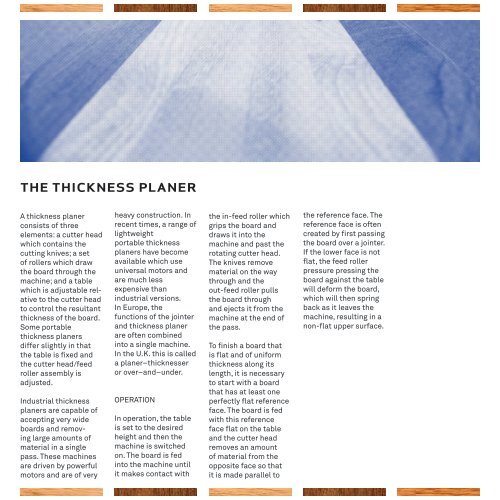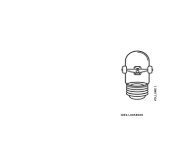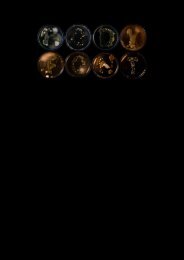istd booklet cover
You also want an ePaper? Increase the reach of your titles
YUMPU automatically turns print PDFs into web optimized ePapers that Google loves.
THE THICKNESS PLANER<br />
A thickness planer<br />
consists of three<br />
elements: a cutter head<br />
which contains the<br />
cutting knives; a set<br />
of rollers which draw<br />
the board through the<br />
machine; and a table<br />
which is adjustable relative<br />
to the cutter head<br />
to control the resultant<br />
thickness of the board.<br />
Some portable<br />
thickness planers<br />
differ slightly in that<br />
the table is fixed and<br />
the cutter head/feed<br />
roller assembly is<br />
adjusted.<br />
Industrial thickness<br />
planers are capable of<br />
accepting very wide<br />
boards and removing<br />
large amounts of<br />
material in a single<br />
pass. These machines<br />
are driven by powerful<br />
motors and are of very<br />
heavy construction. In<br />
recent times, a range of<br />
lightweight<br />
portable thickness<br />
planers have become<br />
available which use<br />
universal motors and<br />
are much less<br />
expensive than<br />
industrial versions.<br />
In Europe, the<br />
functions of the jointer<br />
and thickness planer<br />
are often combined<br />
into a single machine.<br />
In the U.K. this is called<br />
a planer–thicknesser<br />
or over–and–under.<br />
OPERATION<br />
In operation, the table<br />
is set to the desired<br />
height and then the<br />
machine is switched<br />
on. The board is fed<br />
into the machine until<br />
it makes contact with<br />
the in-feed roller which<br />
grips the board and<br />
draws it into the<br />
machine and past the<br />
rotating cutter head.<br />
The knives remove<br />
material on the way<br />
through and the<br />
out-feed roller pulls<br />
the board through<br />
and ejects it from the<br />
machine at the end of<br />
the pass.<br />
To finish a board that<br />
is flat and of uniform<br />
thickness along its<br />
length, it is necessary<br />
to start with a board<br />
that has at least one<br />
perfectly flat reference<br />
face. The board is fed<br />
with this reference<br />
face flat on the table<br />
and the cutter head<br />
removes an amount<br />
of material from the<br />
opposite face so that<br />
it is made parallel to<br />
the reference face. The<br />
reference face is often<br />
created by first passing<br />
the board over a jointer.<br />
If the lower face is not<br />
flat, the feed roller<br />
pressure pressing the<br />
board against the table<br />
will deform the board,<br />
which will then spring<br />
back as it leaves the<br />
machine, resulting in a<br />
non-flat upper surface.







